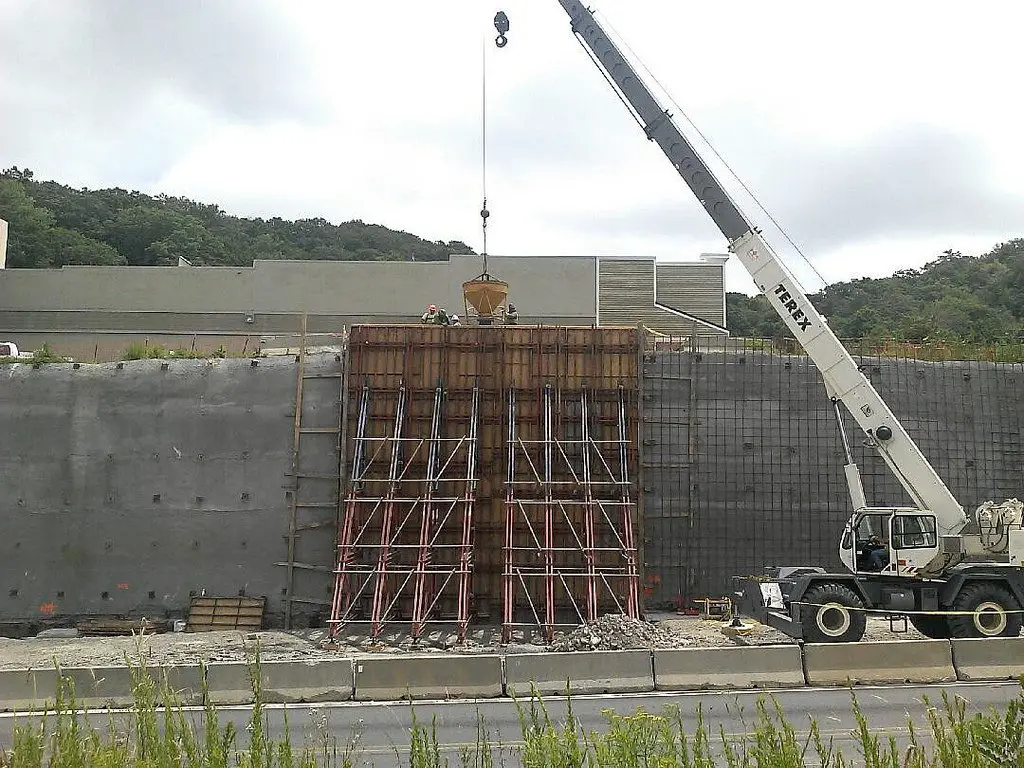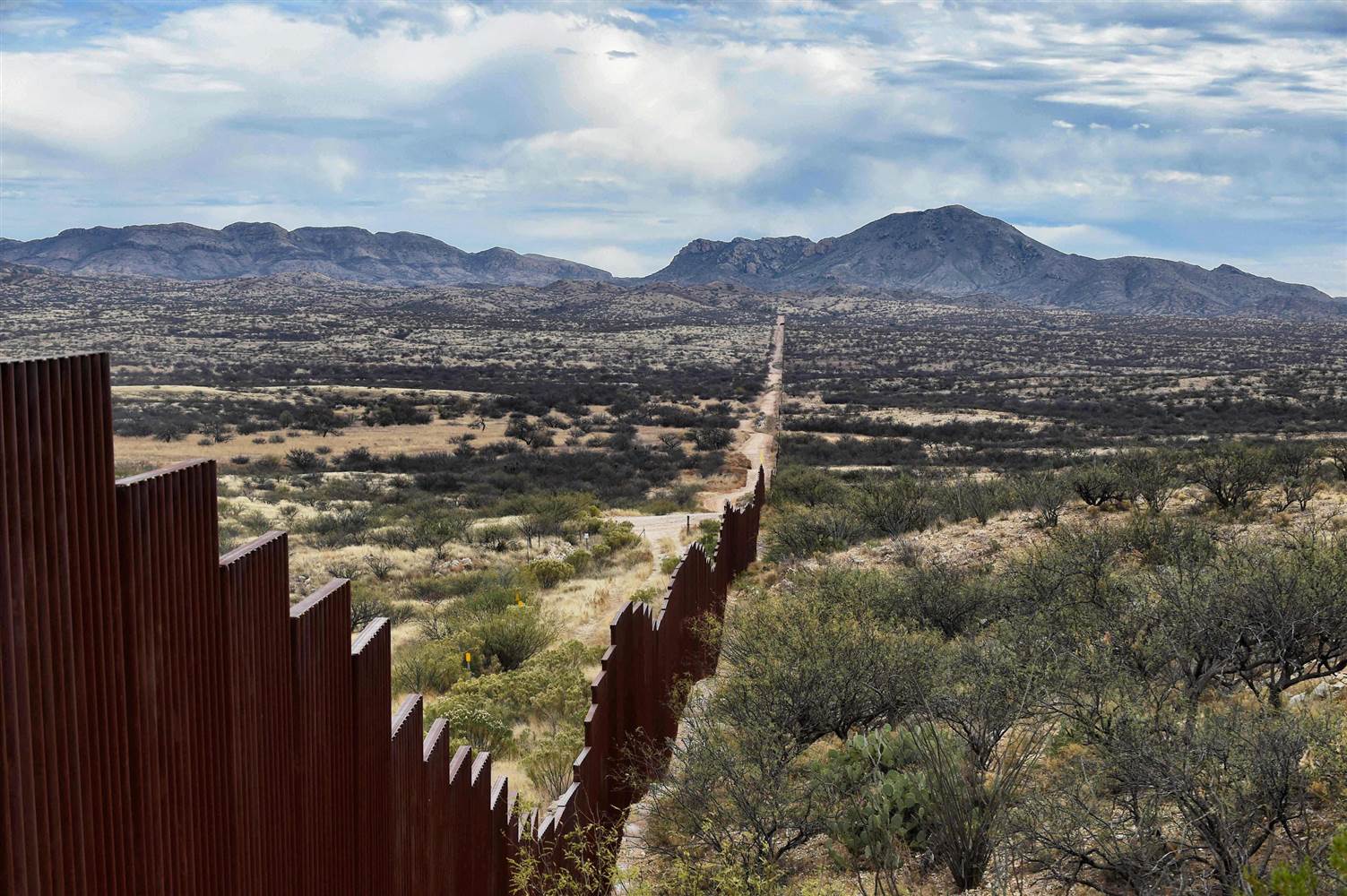The first five months of Donald Trump’s presidency have been tumultuous, to say the least. Every day, the new president seems to be embroiled in another scandal or controversy, with Comey’s testimony as the most recent example. However, Trump has barely mentioned one of his most controversial campaign promises—the border wall.
For residents of Arizona such as myself, the border wall is more of a local issue than it is to most. The debate over illegal immigration and border security has long been a red-hot point of contention between liberals and conservatives in border states, and Trump’s promise to construct a massive wall that would span the entire southern border of the state has just added fuel to the fire. Much has been made of the moral, ethical, legal and financial aspects of constructing this barrier, but many people have failed to consider its environmental implications.
First and foremost, obtaining the materials needed for an undertaking of this scale will produce a considerable amount of fossil fuels emissions. According to Dan Millis, a manager for the Sierra Club’s Borderlands program, “The production of cement, the material that holds together concrete, is a major source of greenhouse gas emissions.” The sheer amount of cement required to build a wall from San Diego, California, to Brownsville, Texas, is astonishing—especially when considering the enormous amount of greenhouse gases that it would release into the air when manufactured. Furthermore, the transportation of these materials will produce emissions, as massive semi-trucks drag the cement down to the southern border. Construction equipment needed for the project will also burn more fossil fuels and generate emissions detrimental to the environment.

Shockingly, fossil-fuel burning is possibly the least concerning environmental issue raised by the wall. The real cost of the barrier will be the local environment itself. Experts and environmental activists have universally condemned Trump’s proposal as irreparably damaging to its natural surroundings. They’re concerned that it will block migration routes of local animals, throwing the delicate desert ecosystem into disarray. Conservation groups have spotted predators like wolves, ocelots and even jaguars on the other side of the border, and a wall effectively reduces their chances of returning to the United States to zero.
However, Sergio Avila-Villegas, a conservation scientist at the Arizona-Sonora Desert Museum, says that the environmental problems go beyond this one issue: “Border infrastructure not only blocks the movement of wildlife, but…destroys the habitats, fragments the habitats and the connectivity that these animals use to move from one place to another.” The U.S. Fish and Wildlife Service released a report that named over 100 species, many of them endangered, that could be affected by the wall.
Unfortunately for these border ecosystems, even the current fencing and other barriers along the Mexican border have already made a negative impact on the environment. Millis explains that even these small barricades were built without “dozens of environmental protections” and have already blocked some wildlife migration routes. The executive director of the Center for Biological Diversity, Kierán Suckling, brings up another good point about the existing barriers as well. She says that border communities have already experienced negative effects of border infrastructure, such as increased erosion and flooding. Once again, this is a result of billions of wasted dollars and very little (if any) environmental oversight. Suckling’s colleague, conservation advocate Randy Serraglio shed light on some specific examples of flooding.
In 2008, a gate to an underground drainage tunnel served as a dam and flooded much of Nogales, and later in the year, a piece of debris got stuck in the barrier and flooded the town of Sonoyta. Building a wall, a more permanent, impermeable structure, would only exacerbate these problems. Juanita Molina, executive director of Border Action Network, also sheds light on another possible issue the wall may raise. While continuing to serve as a catalyst for erosion and flooding, debris could build up on either side of the wall, further damaging the local ecosystems and communities.
It should be noted that one critical component of his campaign slogan, that Mexico will pay for the wall, could not be more untrue.
Avid hikers and lovers of the great outdoors can say with complete confidence that southern Arizona is one of the most biodiverse and beautiful landscapes in the country. Those who have had the privilege of exploring its wilderness will be quick to point out that, contrary to popular opinion, it is much, much more than a flat, barren wasteland. The Chihuahuan Desert is so lush it could be mistaken for a subtropical rainforest, and is chock full of desert creatures unique to only that region. The Madrean Sky Islands, an expansive archipelago of distinct mountain ranges that punctuate the southern desert region, also shelter animals that can’t be found anywhere else in the world.
Trump’s complete lack of concern for the environment reveals his ignorance and incompetence, as he either doesn’t know enough or care enough (probably both) about the region to consider the environmental impact of his proposal. All of the evidence clearly shows a border wall of this magnitude will harm the millions of people and animals that call this desert home, yet Trump remains silent on the issue. As president, he has a chance to help solve the many existing problems along the border. Instead, he’ll make them worse, unable to de-commit from an absolutely preposterous idea simply because he thinks he knows best. Trump’s shortsightedness, selfishness and inability to admit that he’s wrong may doom the ecosystems and communities along the border of this country, all in the interest of keeping his ridiculous campaign promise. (It should be noted that one critical component of his campaign slogan, that Mexico will pay for the wall, could not be more untrue. In fact, many people living near the border will help fund its construction.)
Luckily, all hope is not lost. Suckling and the Center for Biological Diversity, in conjunction with Representative Raul M. Grijalva (the ranking Democrat on the House Natural Resources Committee) have filed a lawsuit against Trump’s administration. They (rightly) claim that a proper environmental impact study wasn’t conducted, and demand any and all work on the wall be halted as the study is in progress. Grijalva emphatically stated that, at an estimated cost of $22 billion, all of the wall’s consequences should be studied and discussed thoroughly before the U.S. “throw[s] money down a rabbit hole.” Hopefully, the actual rabbit holes stay unfilled too, but if Trump’s wall goes up, that might not be a realistic possibility.

















